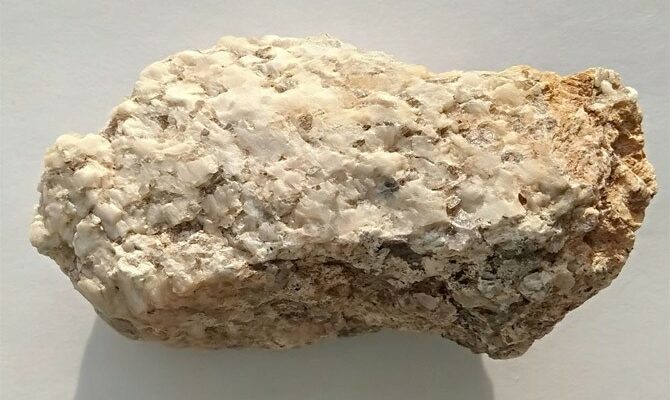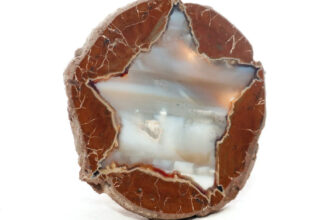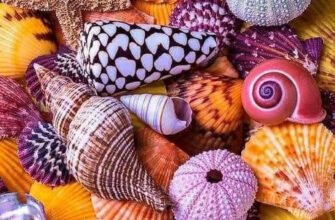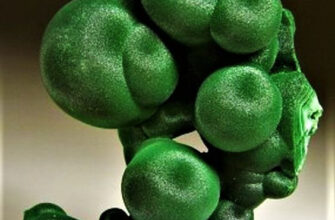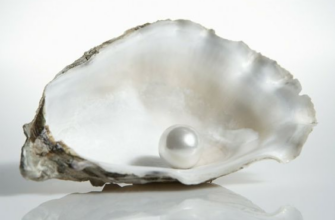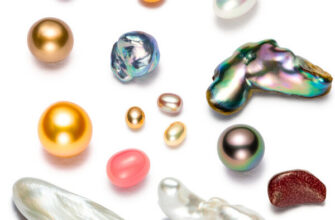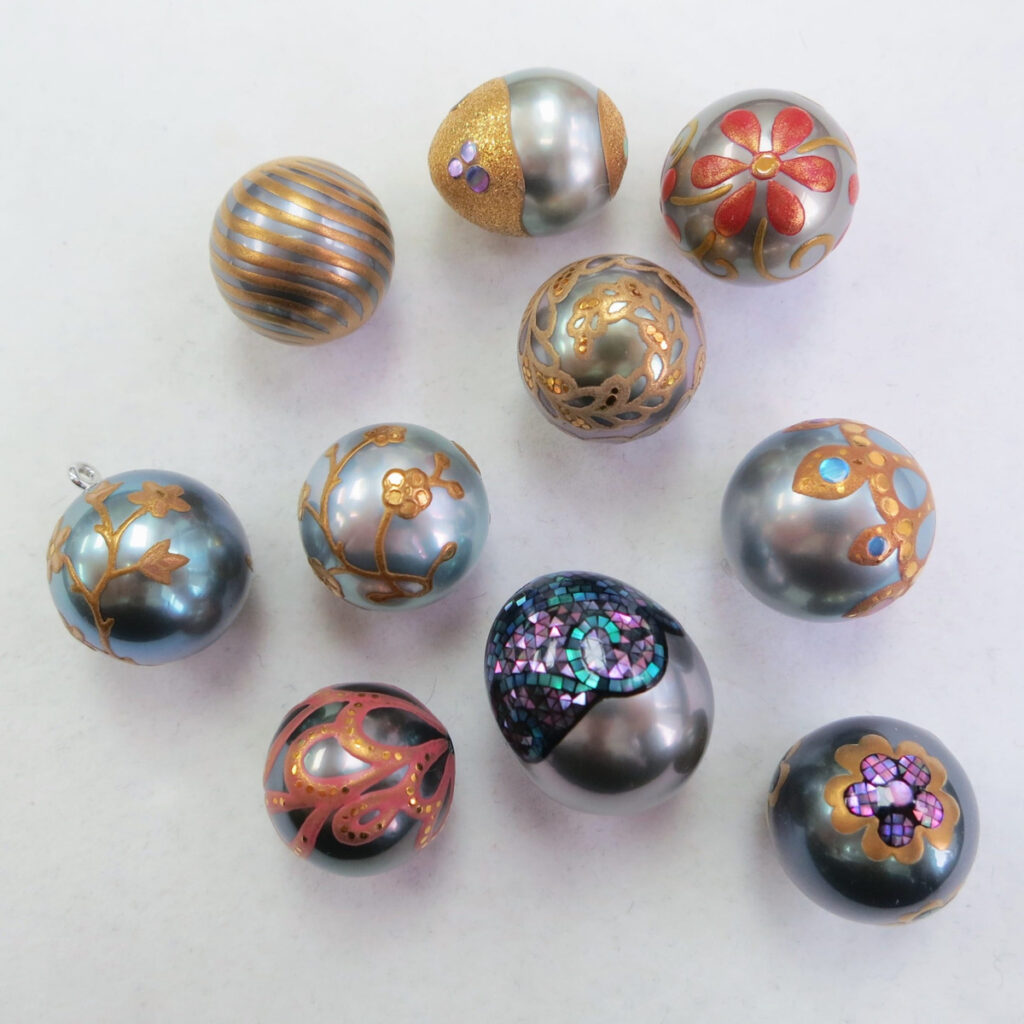The formation of pegmatites began during the turbulent youth of the Earth, when the planet's crust was still being formed. The young crust broke, molten magma poured into cracks and gradually solidified. The depth of the cracks, the composition of the magma, the time and temperature of the crystallization of the melt varied greatly, so pegmatites are very diverse in structure and composition.
What is pegmatite
At the beginning of the XNUMXth century, the French scientist René Ayui called the amazing stone, covered with mysterious writings, pegmatite, which in Greek means: "rallying". Indeed, pegmatite is not a separate mineral, but interpenetrated and intergrown rocks. The crystals of the stone, better known as written granite, so intricately grow into each other that they form a kind of exotic font on the cut.
René Ayui described granite pegmatite. Subsequently, geologists identified a number of rocks with similar structural features, but having a different composition. They began to be called by the same name.
Granite pegmatite is distributed on Earth much more widely than pegmatites of other rocks.
Pegmatite veins and lenses were formed inside giant granite massifs during processes that occurred when the rock slowly cooled or interacted with other underground structures, such as mineral-rich geothermal water veins. Scientists have not yet come to a consensus on exactly how this formation took place.
Without going into details, pegmatite can be called granite with large and giant grains. Well-known to all, granite consists of three components: feldspar, quartz and, in a small amount, mica. The composition of pegmatite is much more diverse.
Pegmatite deposits and their extraction
Pegmatites are widely distributed on the planet. There are whole belts of deposits:
- South African;
- Uralic;
- Karelian;
- Rajasthani;
- Ukrainian;
- Scandinavian;
- Brazilian;
- eastern Kazakhstan.
The length of pegmatite veins can reach several hundred meters, and their thickness, that is, their thickness, is estimated at tens of meters. Mining is carried out by an open industrial method.
Physical and chemical properties
Granite pegmatite is a hard, coarse-grained rock, mainly consisting of quartz and feldspar, with inclusions of rare minerals. It belongs to acidic rocks, since it consists of 75% silicon dioxide.
| Property | Description |
|---|---|
| Chemical composition | Feldspar, quartz, mica |
| Specific weight | 2,5 - 2,7 |
| Hardness | 6,5 - 7,5 |
| Compressive strength | 180-300 MPa |
| Melting temperature | About 1300ºС |
| Texture | Full crystalline or coarse grained |
| Radiance | No |
| separateness | Plastovaya |
| Electrical Conductivity | No |
| Transparency | Opaque |
| Color | Light, motley, and other shades |
| Other names for the stone | Jewish stone, written granite, graphic pegmatite |
Main chemical composition:
- SiO2 75-79%,
- Al2O3 13-19%,
- Na2O 2,5-4,
- K2O up to 3%.

Classification of pegmatites
There are a number of classifications of this complex rock: according to the depth of the vein, structural features, origin, the presence of cavities, and even color. The color of pegmatite can vary from gray, greenish and yellow to pink and red.
From an economic point of view, it is important to consider the types of pegmatites according to the content of useful minerals in them.
Granite pegmatites:
- Ceramics consist mainly of feldspar and quartz, which are used for the production of certain types of glass, porcelain and earthenware of low grades. The main rocks are accompanied by garnet and tourmaline.
- Micaceous are located at great depths. The most important fossil in deposits of this variety of pegmatites is muscovite mica. There are crystals of muscovite up to several meters long. Crystals larger than four square centimeters are of industrial importance. Muscovite is used in electronics, electrical engineering, metallurgy, cosmetology, and jewelry.
- Rare metal - located at moderate depths, in addition to ores of rare metals, without which it is impossible to imagine modern industry, rock crystal, fluorite, beryl, as well as precious stones are mined in the arrays of rare metal pegmatites: topaz, aquamarine, amethyst, emerald, alexandrite.
Alkaline - pegmatites of alkaline granites (often amazonite), during the interaction of granite pegmatite melt with the main host rocks.
Ultrabasic - nepheline syenites, during the interaction of granite pegmatite melt with ultrabasic host rocks.
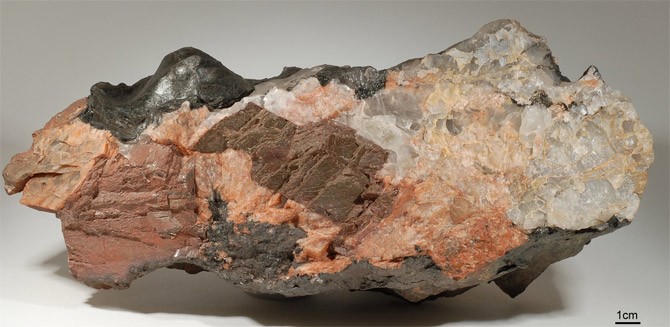
Gemstone crystals tend to form in "cellars" - cavities within a vein or lens.
This is interesting! The largest quartz crystal found in the USSR in a pegmatite "cellar" weighed 75 tons. Beryl crystal from the Madagascar deposit - 380 tons. The weight of an Indian muscovite crystal exceeded 77 tons.
Applications
Without minerals mined in pegmatite deposits, it is impossible to imagine modern industry. They are used in various industries:
- Metallurgy. Feldspar is a raw material for obtaining fluxes and additives for ore dressing. Rare metals (cesium, rubidium, bismuth, lithium and others) are used as additives to give metals the required properties.
- Production of construction materials. Quartz is used to make concrete, cement, and silicate blocks. Vermiculite is made from mica, which is used as a heat insulator and for the production of roofing material.
- Glass and ceramic manufacturing. Quartz and feldspar are used in the glass industry. Feldspar is used to make porcelain and faience for industrial use.
- Electrical engineering. Mica is an indispensable dielectric that can withstand high temperatures. Fuses are filled with quartz sand.
- Microelectronic industry. Ultra-pure quartz is a raw material for growing crystals for microcircuits.
- Paint production. Mica powder is added to paints to give them a special pearlescent sheen.
- Agriculture. Mica vermiculite is used to improve soil structure.
- Medicine. Quartz glass for the manufacture of germicidal lamps. Quartz is also needed in the manufacture of metal-ceramic crowns.
- cosmetic industry. Silicic acid is an integral part of hair care products.
- Jewelcrafting. Precious and semi-precious stones.
written granite
Gem lovers know pegmatite in the form of writing granite - an unusual ornamental stone, the crystals of which resemble writing, concealing ancient wisdom.
In Scandinavia, it is called a runestone. Perhaps the stone patterns inspired the harsh Vikings to create runic writing.
The northern peoples considered stones with incomprehensible signs to be sacred, marked with the seal of spirits.
In Russia, written granite was called Jewish stone, for the simple reason that the Russians did not know another language with a similar spelling of letters.
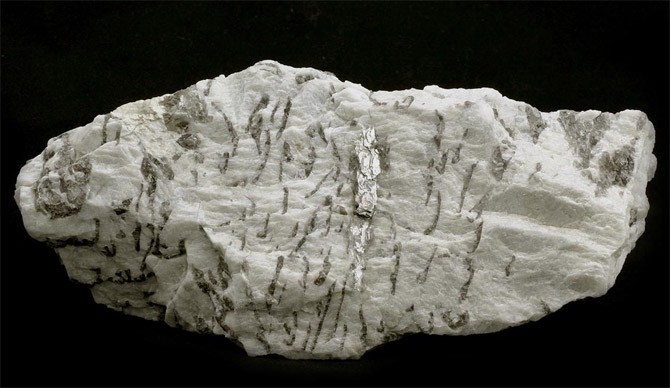
This is interesting! In the book of A.E. Fersman describes a stone found in the Urals with lines that very accurately repeat the writing of letters in Yiddish. Some letters could even be combined into syllables and some words. They believed in the natural origin of the mysterious inscriptions when they discovered that the letters were not written on the surface of the stone, but penetrated its thickness.
Written granite belongs to ceramic pegmatites and is quite common. Of course, there are much more simple "grouse" than stones with an exquisite and intriguing pattern. Karelian and Scandinavian deposits are famous for beautiful specimens. In France, a stone is mined with black letters on a white background.
It is important to cut the written granite at the right angle so that the dark “streams” penetrating the lighter mass appear on the surface in the form of mysterious signs. Otherwise, you get just a pretty striped pebble.
Pegmatite products
The famous mineralogist A.E. Fersman attributed written granite to the first row of ornamental stones, along with lapis lazuli, malachite, jasper, jade, amazonite and labradorite! This stone is not just beautiful, it has a “face not common expression”!
It is inserted into jewelry, used to make jewelry boxes, table decorations and countertops.
Things made from a close relative of granite do not require special care. Naturally, you should not rub polished surfaces with abrasive substances, even if they are made of hard stone.
Products from graphic granite with an ordinary pattern are not too expensive. Beads from it currently cost between 0,2 and 0,5 euros, depending on the size. Pegmatite cabochon insert, given the quality of the stone, is sold at a price of 3 to 8 euros.
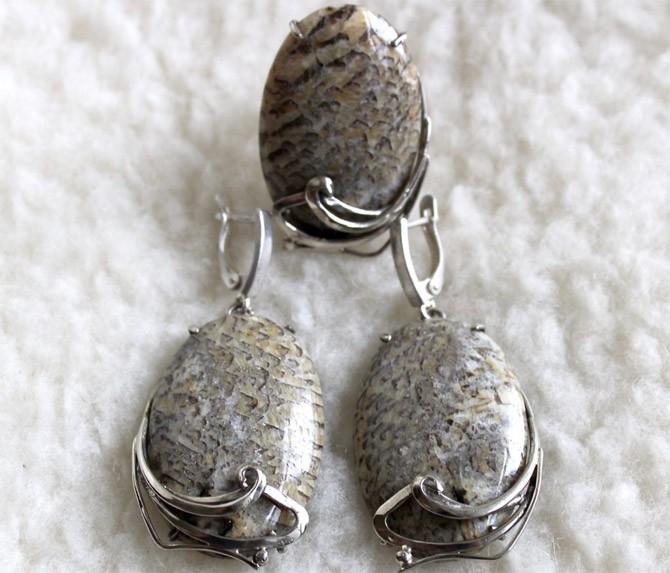
Of course, it is impossible to call the cost of products from elite samples sky-high.
Magical and healing properties
No matter what pattern appears on the surface of pegmatite - strict clear lines or a few obscure squiggles, the stone helps those who seek knowledge or teach others. No wonder it is called the teacher's stone, and this is the most appropriate name for it!
Pegmatite will help you learn a lesson or pass an exam faster. It is easy to write an article or a letter with it. A written stone, inserted into a piece of jewelry or lying in a pocket, helps everyone whose work is somehow connected with texts.
Esotericists claim that the teacher's stone has such a light aura that it is combined with all the signs of the zodiac. He is especially friendly with people born under the sign of Virgo, sober-minded and practical.
Probably due to the well-defined "specialization" of the stone, its healing properties have been poorly understood. Written granite is not used in lithotherapy. It can be recommended to carry it with you as a "sedative" before exams.
